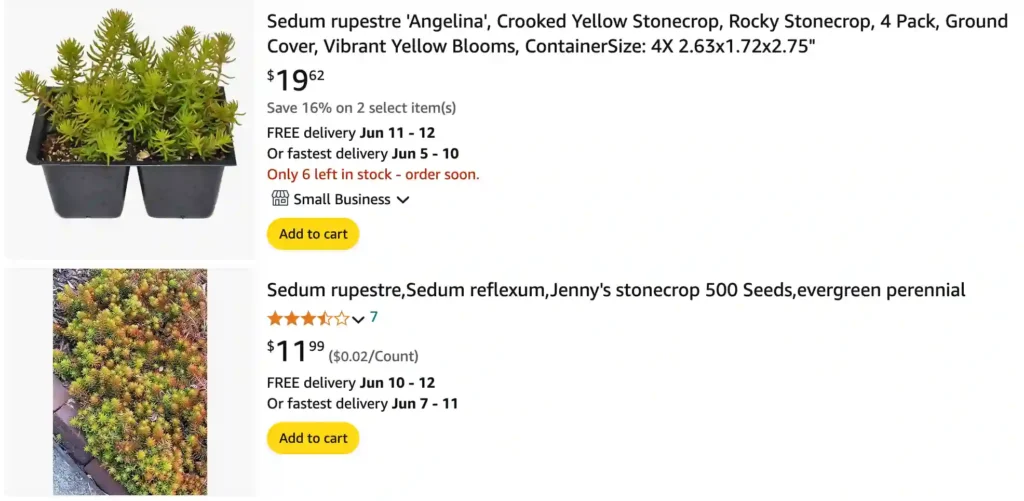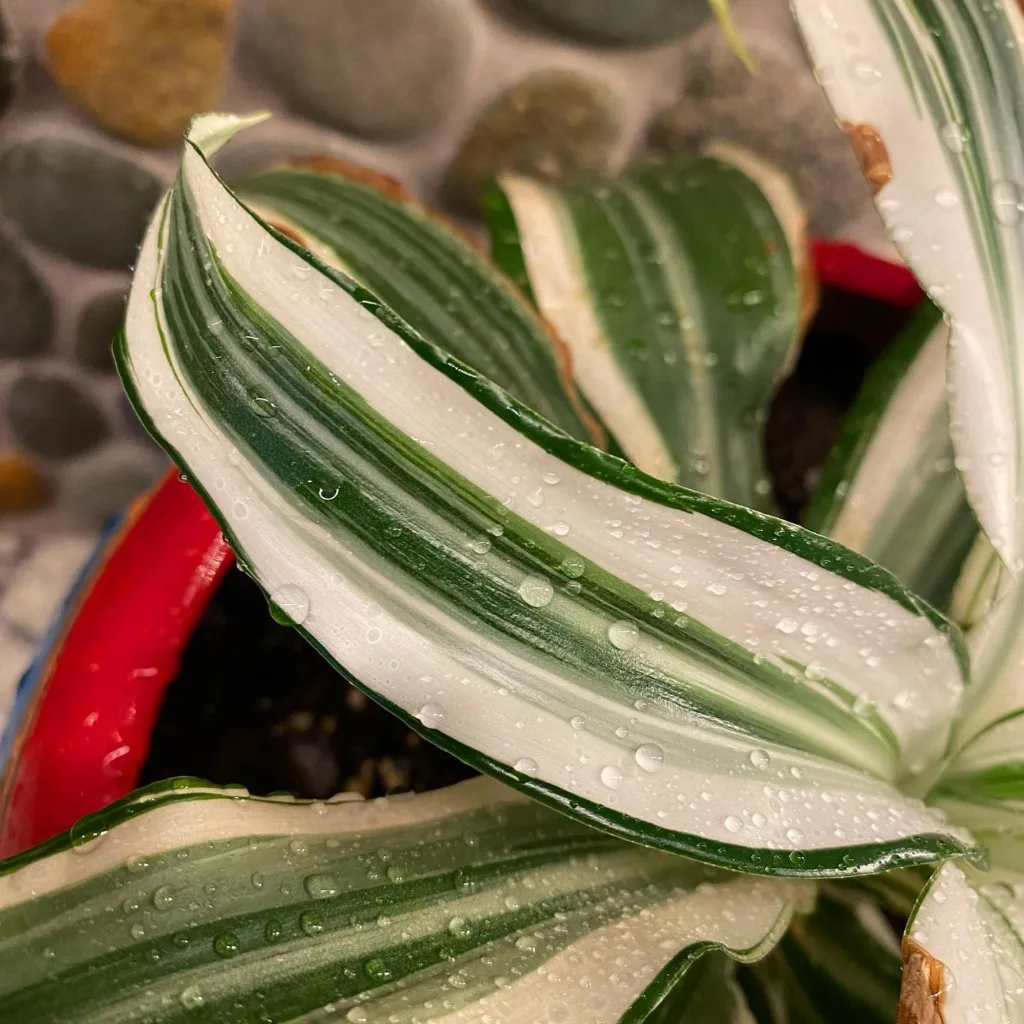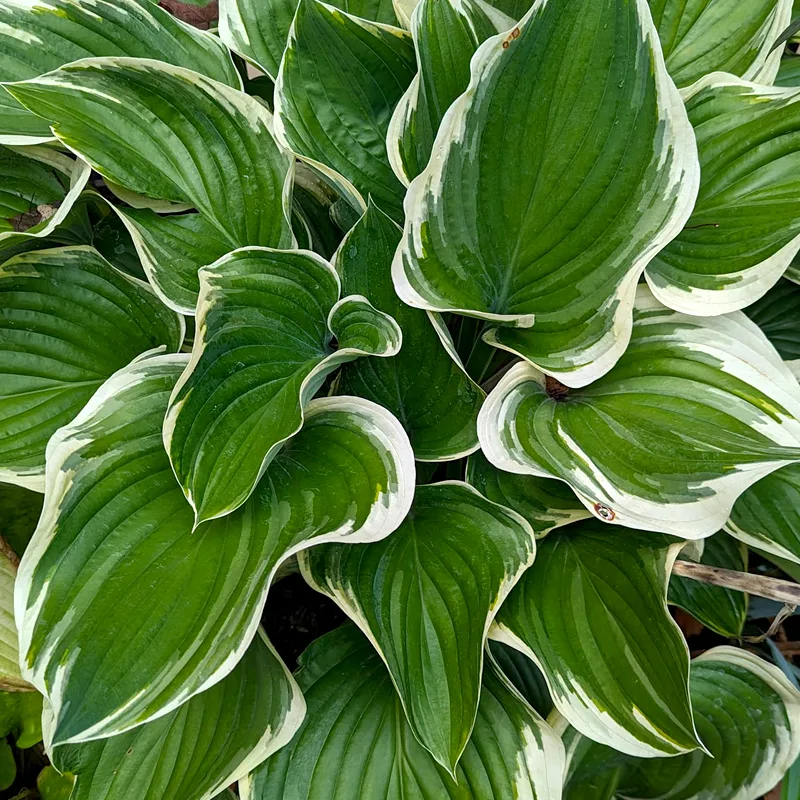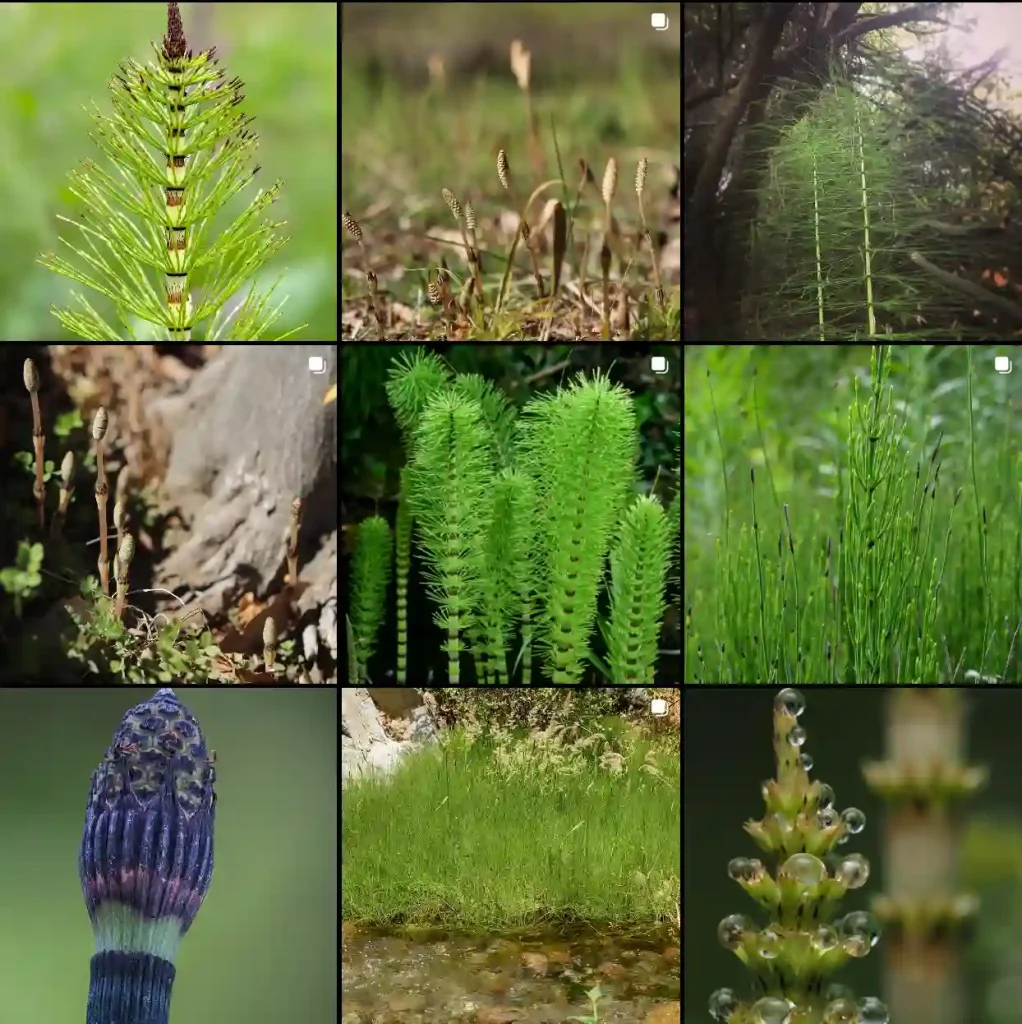
What is Angelina Stonecrop?
For years, I’ve been captivated by the vibrant tapestry of colors that decorates my neighbor’s garden. It wasn’t until recently, however, that I discovered the secret weapon behind her stunning display: Angelina Stonecrop. This low-maintenance perennial has quickly become a favorite in my own garden, offering a burst of sunshine yellow that transitions to warm hues of orange and red in the fall.
Angelina Stonecrop, botanically known as Sedum rupestre ‘Angelina,’ is a succulent that thrives on neglect. Its needle-like, chartreuse-yellow foliage forms a dense, low-growing mat, making it an ideal ground cover or border plant. But its beauty extends beyond its year-round appeal. In midsummer, the stonecrop erupts in a cluster of tiny, star-shaped yellow flowers, attracting butterflies and pollinators.
How to care for Angelina Stonecrop?
The beauty of Angelina Stonecrop lies in its ease of care. Here’s what you need to know to cultivate this little ray of sunshine in your own garden:
- Sun Exposure: This sun-worshipper craves at least six hours of direct sunlight daily. Don’t be afraid to plant it in those dry, forgotten corners of your garden – it’ll flourish where other plants might struggle.
- Soil: Well-drained soil is key. Angelina Stonecrop isn’t fussy about soil fertility, but avoid overly rich or waterlogged conditions. Sandy or rocky soils are perfectly suited to its needs.
- Planting: Planting Angelina Stonecrop is a breeze. Space them 8-12 inches apart for a dense ground cover, or closer for a faster fill-in. Simply dig a hole slightly larger than the root ball, place the plant, and firm the soil around the base. Water thoroughly initially, but resist the urge to overwater.
- Watering: Water regularly during the first growing season to establish a strong root system. Once established, these drought-tolerant plants require minimal watering. Rely on rainfall most of the year, and provide occasional deep watering only during extended dry spells.
- Fertilizing: Angelina Stonecrop is a frugal feeder. Avoid overfertilizing, as this can encourage leggy growth and reduce flower production. A light application of balanced fertilizer in early spring is sufficient.
- Deadheading: While not strictly necessary, deadheading spent flowers can encourage additional blooms and maintain a tidier appearance. Simply pinch off the flower heads as they fade.
- Pinching: Pinching back leggy stems promotes bushier growth and encourages the plant to fill out more densely.
- Division: Every few years, you can divide mature Angelina Stonecrop clumps to create new plants. Simply dig up the clump, carefully separate the roots, and replant the divisions in new locations.
Fear Not the Famine: Angelina Stonecrop and Deer
Deer can be a real nuisance for gardeners. Thankfully, Angelina Stonecrop is not on their preferred menu. The succulent leaves contain a mild toxin that deters deer from munching on this vibrant ground cover.
Angelina Stonecrop vs Verbena
Both Angelina Stonecrop and Verbena are popular choices for borders and edging. Here’s a breakdown to help you decide which one might be the better fit for your garden:
- Sun Exposure: Angelina Stonecrop thrives in full sun, while Verbena prefers full sun to partial shade.
- Moisture Needs: Angelina Stonecrop is drought-tolerant, while Verbena requires regular watering, especially during hot weather.
- Maintenance: Angelina Stonecrop is a low-maintenance plant, while Verbena requires more frequent deadheading and may need staking to maintain a tidy appearance.
- Winter Hardiness: Angelina Stonecrop is hardy to zones 3-9, while Verbena is typically treated as an annual in colder climates.
Ultimately, the choice depends on your specific needs and preferences. If you’re looking for a low-maintenance, drought-tolerant plant that thrives in full sun, Angelina Stonecrop is a winner. For vibrant blooms in a location with some afternoon shade, Verbena might be a better fit.
Beyond the Basics: A World of Companions for Angelina Stonecrop
Angelina Stonecrop’s versatility shines when paired with other plants. Here are some ideas for creating stunning combinations in your garden:
- Thriving in Harmony: For a textural contrast, consider planting Angelina Stonecrop alongside ornamental grasses like Blue Fescue or Calavera Grass. The soft, flowing blades of the grasses complement the stonecrop’s sharp foliage, creating a dynamic interplay of textures.
- A Symphony of Color: Mass plantings of lavender or Russian sage create a breathtaking backdrop for Angelina Stonecrop’s vibrant hues. The contrasting colors of purple and yellow will add a burst of life to your garden borders.
- A Cascade of Color: Plant Angelina Stonecrop over a well-placed retaining wall. As the stonecrop spills over the edge, it creates a vibrant waterfall of color, adding a touch of whimsy to your garden design.
With a little planning and creativity, Angelina Stonecrop can become a cornerstone of your garden, bringing a touch of sunshine and resilience to your outdoor space.
If i die, water my plants!



